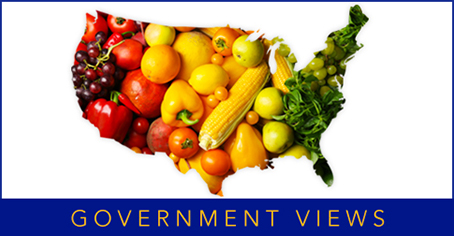Although the USDA’s Agricultural Marketing Service (AMS) and the U.S. Food and Drug Administration (FDA) are separate agencies with different missions related to FSMA, they continue to share a robust working relationship with the aim to assist growers and others subject to the regulations. The seven prevention-oriented regulations issued under FSMA shift the focus from responding to food contamination after it occurs to preventing it in the first place.
Recap: Rules and Dates
Regulations were finalized in 2015 and 2016 with compliance dates for the Produce Safety rule beginning in January 2018. This timeframe is effectively the first time ever that farmers who grow, harvest, pack, and ship fruits and vegetables will be regulated in these activities by the FDA, excepting large sprout-growing operations, which had to comply by January 2017.
When FSMA was passed by Congress and signed into law in January 2011, it required the FDA to draft the majority of the reports, studies, and regulations specified in the law. Two of the primary regulations are likely to impact fruit and vegetable farmers and packers, depending on the size of operation, farming activities and agricultural practices, and where their operation is located. One is the Produce Safety rule and the other is the Preventive Controls for Human Food rule.
The Produce Safety rule establishes food safety requirements for many of the farmers who grow fruits and vegetables, while the Preventive Controls for Human Food rule affects businesses that process and manufacture food for human consumption. The FDA revised its definition of “farm” in the final rules in an attempt to clarify which of the two rules may apply to fresh fruit and vegetable packing operations. Both rules provide for various exclusions and exemptions, including a de minimis exemption for the smallest categories of farms and businesses.
Collaboration and Partnerships
Even before FSMA’s enactment, the USDA, FDA and other partners gave much thought and effort to establishing collaborative relationships. Because of this work, the USDA remains in position to help the farming community comply with the new FDA regulations with its many programs and services.
The AMS staff has been engaged during the development, review, and revision of the final Produce Safety rule and forthcoming guidance on how to comply with the rule. This includes education and outreach activities, technical assistance efforts with other stakeholders (such as research initiatives), as well as working with a variety of fresh produce stakeholders. These activities are in AMS’s wheelhouse, since its mission is to “facilitate the strategic marketing of agricultural products in domestic and international markets while ensuring fair trading practices and promoting a competitive and efficient marketplace” and, further, to “provide the agriculture industry with valuable services to ensure the quality and availability of wholesome food for consumers across the country.”



